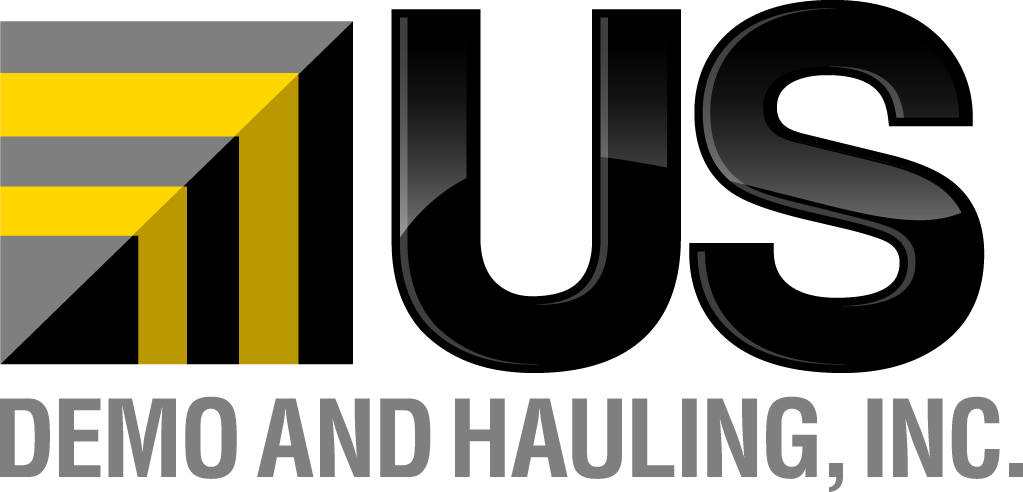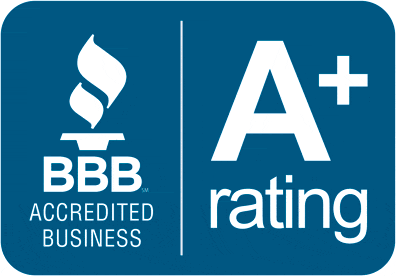
When facing a significant home renovation or rebuild, one of the most crucial decisions you’ll make happens before any construction begins: determining whether your project requires a full house demo or partial demolition. Demolition companies, such as U.S. Demo and Hauling, can provide you with both types of demolition services, but which one is the best fit for your needs and budget?
Understanding Your Options
This choice impacts everything from your budget and timeline to the scope of what’s possible with your property. While a complete teardown offers the blank canvas many dream of, a strategic partial demolition can preserve valuable elements of your home while still allowing for transformative changes.
The right approach depends on various factors unique to your situation, including your home’s current condition, your renovation goals, and local regulations. In this guide, we’ll help you navigate this important decision by breaking down the key considerations for both demolition approaches. Here’s a quick look at both of these demolition options.
Full Building Demolition
Full demolition involves completely removing an existing structure down to the ground—and sometimes including the foundation itself. This approach essentially creates a blank slate for new construction, eliminating all existing structural elements, systems, and materials. When you opt for a full house demo, heavy machinery like excavators and bulldozers typically arrive on-site to systematically break down and remove the entire building.
There are several approaches to a total demolition:
- Mechanical demolition: The most common method, using heavy equipment to quickly dismantle the structure
- Deconstruction: A more labor-intensive process that carefully dismantles the building to salvage materials
- Implosion: Rarely used for residential properties, but involves strategically placed explosives (typically reserved for larger structures)
Full home demolition is comprehensive and irreversible, but it offers maximum flexibility for whatever you plan to build next. It’s particularly advantageous to tear down a house when dealing with older homes that may have multiple layers of problematic renovations, outdated systems throughout, or significant structural issues.
Partial House Demolition
Partial demolition, sometimes called “selective demolition,” involves strategically removing specific portions of a house while intentionally preserving others. This approach might include removing interior walls to create open floor plans, demolishing outdated additions, removing specific rooms for reconfiguration, or even taking down half of a home while maintaining valuable sections.
Common selective demolition projects include:
- Removing load-bearing walls and installing support beams
- Gutting interiors while maintaining the exterior shell and foundation
- Removing additions or wings that are problematic or poorly constructed
- Taking out specific elements like chimneys, porches, or garages
- “Down to the studs” renovations where finish materials are removed but framing remains
Partial demolition requires more precision and careful planning than full demolition. Contractors from demolition companies must work methodically to ensure that demolition activities don’t compromise the structural integrity of the portions being preserved. This approach often involves more handwork and selective use of smaller equipment.
The primary advantage of partial demolition is the ability to retain valuable or distinctive elements of your home—perhaps a unique architectural feature, high-quality materials that would be expensive to replace, or sections with sentimental value. It also frequently results in less construction waste and can sometimes offer cost savings compared to complete rebuilds.
Understanding these fundamental differences lays the groundwork for making an informed decision about which demolition approach aligns best with your specific circumstances, goals, and budget constraints.
The Average Costs of a House Demo
While structural demolition costs vary significantly based on location, home size, and specific property conditions, this breakdown will help you anticipate both obvious and hidden expenses.
Full Demolition Costs
A complete house demolition typically costs between $15,000 and $25,000 for an average-sized home (1,500-2,500 square feet). This base price generally includes:
- Demolition permit fees ($500-$2,000 depending on locality)
- Physical demolition labor and equipment
- Debris removal and disposal fees
- Basic site grading
Larger homes, those with complex materials (like brick or stone), or properties with accessibility challenges can push costs toward $30,000 or higher.
Partial Demolition Costs
Partial demolition costs are highly variable depending on the specific elements being removed. However, some common price ranges include:
- Interior wall removal: $1,000-$3,000 per wall (non-load bearing) or $3,000-$10,000 (load-bearing with structural modifications)
- Room-specific demolition: $5,000-$15,000 depending on size and complexity
- Exterior wall or section removal: $10,000-$20,000 for significant modifications
Overall, partial demolition typically costs 20-60% of a full demolition price but varies dramatically based on scope and location. The primary advantage is that you’re not paying to rebuild elements that remain intact.
Hidden Costs to Consider for Each Option
For Full Demolition:
- Utility disconnection fees ($500-$2,000)
- Asbestos or lead paint testing and abatement ($2,000-$10,000 if present)
- Unexpected foundation issues discovered after demolition
- Temporary fencing and security measures ($1,000-$2,500)
- Impact fees for new construction in some municipalities
- Landscaping replacement costs
For Partial Demolition:
- Structural engineering assessments ($500-$2,000)
- Unforeseen damage to preserved sections
- Temporary structural supports during renovation
- Additional labor costs for precision work around preserved elements
- Matching new materials to existing elements
- Potential code upgrade requirements for connected systems
Return on Investment Considerations
Your demolition decision should factor in how it affects your property’s eventual value:
- Full demolition with new construction typically yields 60-80% ROI in most markets
- Partial demolition with strategic renovation can yield 70-90% ROI when preserving valuable architectural elements
- Historical or character homes often benefit financially from partial approaches that maintain unique features
- Energy efficiency upgrades in new construction may offset higher initial costs through utility savings and increased property value
Again, these are just cost estimates, and demolition companies won’t be able to provide you with an estimate without visiting the property and studying the scope of the project. Keep in mind that selecting experienced demolition contractors might increase the cost, but the quality of demolition, the environmental impact and the level of safety tend to be much higher.
U.S. Demo – Your Trusted Source For Demolition & Excavation
At U.S. Demo, we can provide you with a full or partial house demo, depending on your needs and budget. We also can help with tasks such as garage demolition, driveway demolition, swimming pool demolition, barn demolition or any other type of demolition project. We also provide complete debris removal and excavation services.
Whether you need demolition companies, an excavation contractor or both, the team at U.S. Demo is equal to the task. We serve residential and commercial clients throughout the San Francisco Bay area and have more than 25 years of experience. Contact us at any time to get a free cost estimate for your building or house demo project.

